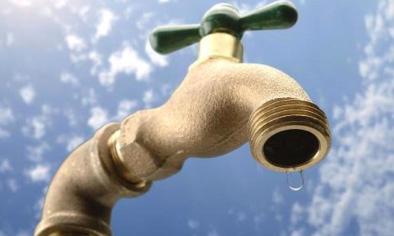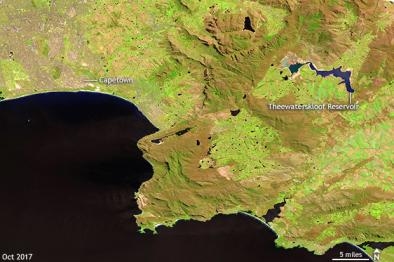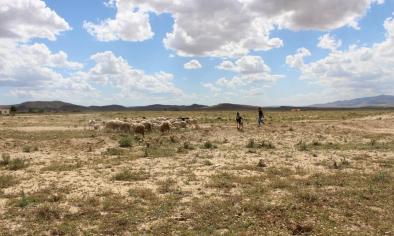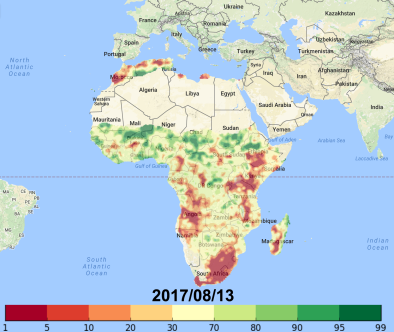Cape Town’s drought and water shortage has officially escalated to disaster levels
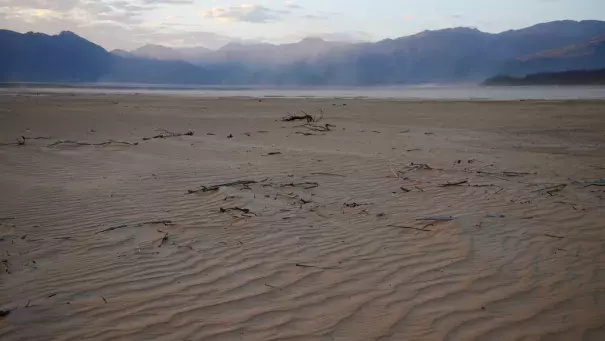
Cape Town’s drought and associated water shortage has officially escalated to the level of a disaster. The hope for a natural solution ended with the close of the main rainy season in September, and it is clear that water in the dams supplying the city will not last until the next rains in May-June next year.
The city had promised alternative sources of supply, the plans are not entirely realistic. Its main strategy now is to severely restrict water use through rationing.
Rainfall data visualisations show that 2017 was one of the driest years in recent decades. But the region’s predicament wasn’t caused by the low 2017 rainfall. It’s in trouble because 2017 followed two successive dry winters. Such severe multi-year droughts are very infrequent, occurring perhaps as rarely as once in a millennium. Water supply systems are not designed to withstand their impact.
What drives extreme such extreme droughts? Is is just bad luck in the weather lottery? Or is the drought the price for humanity’s unabashed addiction to fossil fuels?
There is no clear, research-based, defensible answer to these questions. But our analysis suggests that the possibility of extreme drought is increasing in the Western Cape. Future climate projections show a possible shift towards a drier, more drought-prone climate.
This means that it is possible that man made climate change has contributed to the severity of the current drought, and even though it is an extremely rare event, similar droughts may not be rare in the future. On a positive note, there will still be wet years, but likely not as many.
Related Content
